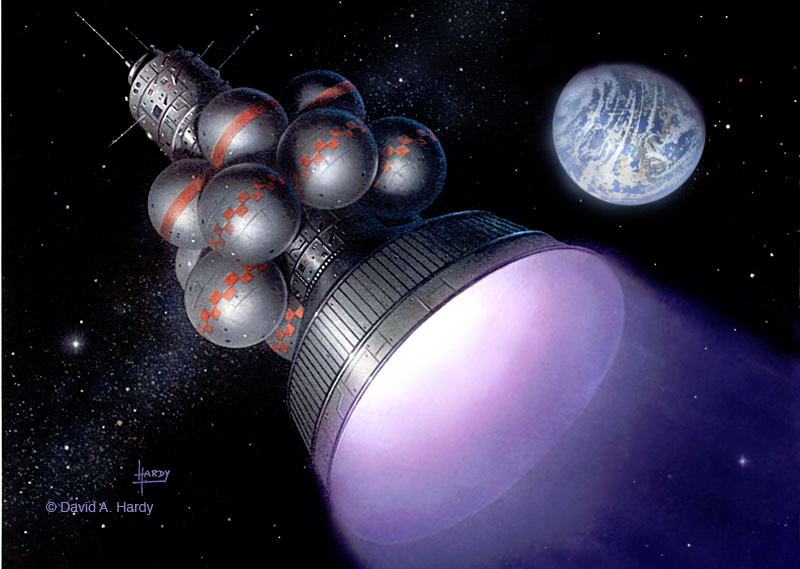100 Year Starship Study report
January 5, 2012
Physics World’s January issue features a report on the 100 Year Starship Study (100YSS) conference, where delegates, from ex-astronauts to engineers, artists, students, and science-fiction writers, looked at the range of issues facing scientists who would like to make interstellar travel a reality.
Starting with the development of a rocket engine that can reach high velocity, humans are not short of initiative, but, as Perkowitz describes, even with engines based on photon-powered sails or nuclear fusion, we are still a long way from reaching the speed of light.
With current propulsion technology only able to move spacecraft at 0.005% of the speed of light, a one-way trip to the star system nearest our Sun, Alpha Centauri, would take 80,000 years to travel the four light-years to our nearest stellar neighbours.
Some theoretical models present tantalizing options, such as Miguel Alcibierre’s idea to contract space-time in front of a spaceship and expand space-time behind it to create a bubble that would propel the spacecraft at any speed without violating special relativity.
Accepting that interstellar travel will, at very best, take decades, some are now considering using suspended animation, or even carrying the DNA and other resources necessary to recreate humans on an unmanned ship, the report says.
